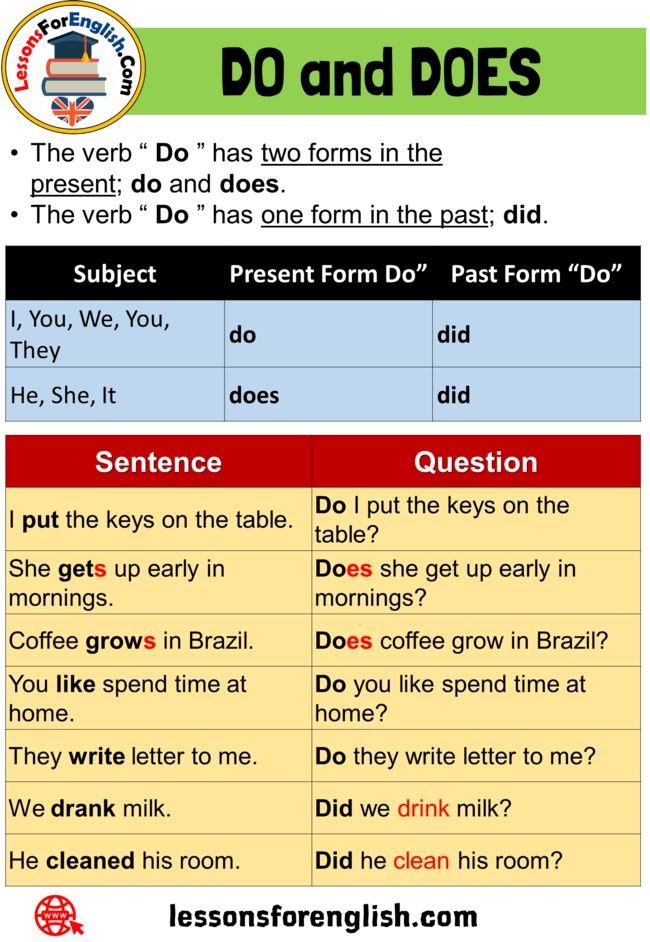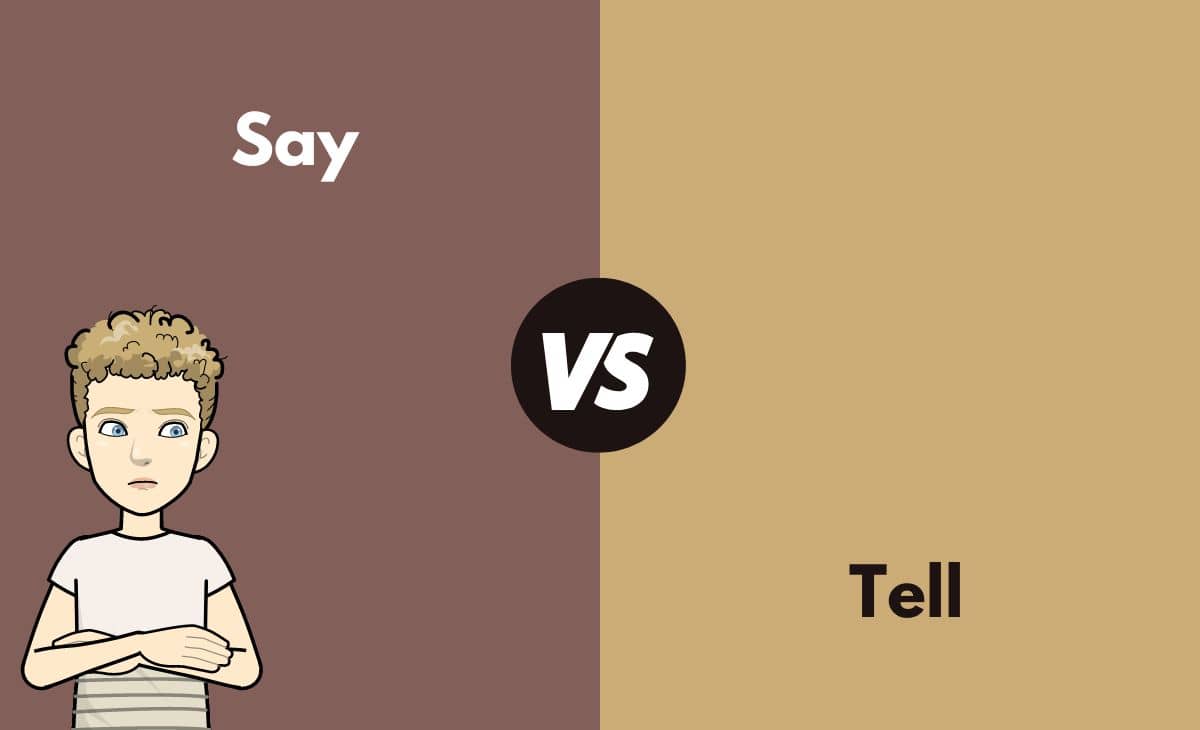Understanding the Distinction: Marketing vs. Advertising and Promotion in Modern Business Strategy
Introduction: Why the Difference Matters
Many business owners and professionals use the terms marketing , advertising , and promotion interchangeably. However, understanding their differences is critical for crafting effective strategies, maximizing budgets, and generating both short-term and long-term results. This article unpacks these concepts, highlights their unique roles, and provides practical steps to leverage each within your organization.
What Is Marketing?
Marketing is the comprehensive process of identifying customer needs, developing products or services that meet those needs, and communicating value to drive profitable customer relationships. It encompasses everything from research and product development to communication, distribution, and after-sales support. Marketing is inherently strategic and long-term in nature, focusing on building brand equity, trust, and sustained customer engagement [1] [2] .
For example, a technology company might analyze market trends, conduct customer surveys, segment its audience, develop a compelling product, and then create messaging designed for specific buyer personas. This holistic approach aims to nurture leads, foster loyalty, and differentiate the brand over time.

Source: corporatefinanceinstitute.com
Core Components of Marketing
Marketing typically includes:
- Market research and analysis
- Product development and management
- Pricing strategies
- Distribution and logistics
- Branding and positioning
- Customer relationship management
- Integrated marketing communications (including advertising, promotions, PR, and content)
Each component requires specialized expertise and coordination. For businesses seeking to expand their reach, starting with a clear understanding of their customer base and value proposition is essential.
What Is Advertising?
Advertising
is a
subset
of marketing. It refers specifically to the
paid placement
of messages (ads) in various media to reach target audiences and influence behavior. The goal of advertising is usually to increase awareness, generate interest, and prompt action-such as making a purchase or inquiring about a service
[1]
[3]
.
Advertising takes many forms, including:
- Digital ads (search, display, social media)
- Television and radio commercials
- Print ads in newspapers and magazines
- Outdoor billboards and transit advertising
Because advertising is typically paid, it often requires significant budget allocation. A key aspect of advertising is its ability to deliver messages at scale, quickly reaching large audiences with controlled messaging.
Real-World Example
A retail chain might launch a television ad campaign during the holiday season to showcase its latest offers. The objective: boost foot traffic and sales within a defined period. This paid effort is one piece of the retailer’s broader marketing strategy, which may also include loyalty programs, social media engagement, and public relations.
What Is Promotion?
Promotion is another important component within the marketing mix. Unlike advertising’s focus on paid media placements, promotion refers to a variety of short-term activities designed to stimulate immediate action or increase interest in a product, service, or brand. Promotional tactics include sales, coupons, contests, special events, and limited-time offers [4] [5] .
Promotions are tactical, time-bound, and typically aim for quick, measurable outcomes-such as a spike in sales, a surge in website visits, or a rapid boost in social media engagement. They’re often used to clear inventory, launch new products, or reward loyal customers.
Illustrative Example
A restaurant chain may announce a “Buy One Get One Free” offer for a limited weekend. The goal: drive increased traffic and encourage new customers to try their menu. Promotional campaigns like this are distinct from ongoing marketing efforts, as they are designed for immediate impact and are not sustained over the long term.

Source: feedough.com
Key Differences: Marketing vs. Advertising vs. Promotion
While all three terms are interconnected, key distinctions set them apart in both scope and purpose:
- Scope: Marketing is the broadest, encompassing every activity related to the customer’s journey; advertising and promotion are components within this larger discipline.
- Objective: Marketing seeks long-term value and brand building; advertising focuses on paid visibility; promotion targets quick, short-term results.
- Duration: Marketing is ongoing; advertising may be campaign-based; promotion is usually time-limited.
- Cost: Marketing budgets vary by strategy; advertising is typically high-cost due to paid media; promotion may be less expensive but resource-intensive depending on execution.
Recognizing these differences enables organizations to allocate resources wisely and measure success accurately [1] [4] .
How to Implement Each Approach Effectively
1. Developing Your Marketing Strategy
Begin by conducting thorough market research to identify customer needs and market gaps. Use this insight to define your unique value proposition and core messaging. Build out a marketing plan that integrates customer relationship management, branding, and multiple communication channels. Set clear, measurable objectives-such as increasing market share or customer retention over 12-24 months.
To access marketing expertise, consider consulting with a certified marketing professional or agency. You can find qualified experts through professional organizations, such as the American Marketing Association . Search for “American Marketing Association directory” to locate reputable practitioners and agencies in your area.
2. Launching Effective Advertising Campaigns
Advertising should be rooted in your overarching marketing goals. Identify your target audience, select the most appropriate media channels, budget for paid placements, and craft compelling creative messages. Monitor performance metrics-like impressions, click-through rates, and conversions-to optimize your campaigns.
For guidance on advertising best practices, reputable sources such as Google Ads Help Center and the Interactive Advertising Bureau (IAB) offer free educational resources. You can search for these organizations online to access tutorials, case studies, and industry benchmarks.
3. Designing and Running Promotions
Create promotions to achieve specific, short-term objectives-such as clearing seasonal stock, attracting new customers, or boosting engagement. Choose tactics suited to your goals, such as digital coupons, time-limited discounts, or loyalty rewards. Promote these offers through multiple channels, including your website, email newsletter, and social media.
To ensure compliance with regulations (such as sweepstakes laws), consult with your legal advisor or reference official government guidance. For example, the Federal Trade Commission (FTC) provides resources on advertising and promotional guidelines; you can search for “FTC advertising guidelines” on the official FTC website.
Potential Challenges and Solutions
Businesses often struggle to coordinate marketing, advertising, and promotion effectively. Common pitfalls include:
- Overspending on ads without a clear marketing strategy
- Running promotions that cannibalize regular sales or devalue the brand
- Failure to track ROI for different tactics, leading to wasted resources
To overcome these challenges, set clear objectives for each component, use analytics tools to monitor results, and regularly review strategy alignment. Consider alternative approaches, such as content marketing or partnership promotions, to diversify your outreach.
Alternative Approaches
Beyond traditional advertising and promotions, consider:
- Content marketing: Build authority and trust through blogs, videos, and educational resources.
- Public relations: Leverage earned media coverage to boost brand credibility.
- Influencer partnerships: Reach new audiences through trusted voices in your industry.
Each approach offers unique benefits and can be integrated within your broader marketing plan.
Summary and Key Takeaways
Marketing, advertising, and promotion serve distinct-but complementary-roles in driving business growth. Marketing is the overarching strategy, advertising is paid messaging, and promotion focuses on short-term incentives. By understanding and leveraging each component, businesses can achieve both immediate wins and lasting success.
If you need help getting started, consider reaching out to professional associations, searching for certified marketing consultants, or exploring free educational resources through industry organizations. Always verify the credibility of any service provider or online resource before engaging.
References
- [1] American Marketing Association (2024). Marketing vs. Advertising – Definitions and Differences.
- [2] American Public University System (2025). Marketing Vs. Advertising: Understanding the Core Differences.
- [3] Johnson & Wales University Online (2023). Marketing vs Advertising – What are the Differences?
- [4] Indeed Career Guide (2025). Advertising vs. Promotion With Key Differences and Meaning.
- [5] American Marketing Association (2024). Marketing vs. Promotion: Key Differences and How They Impact Your Strategy.
MORE FROM todayhiring.us













